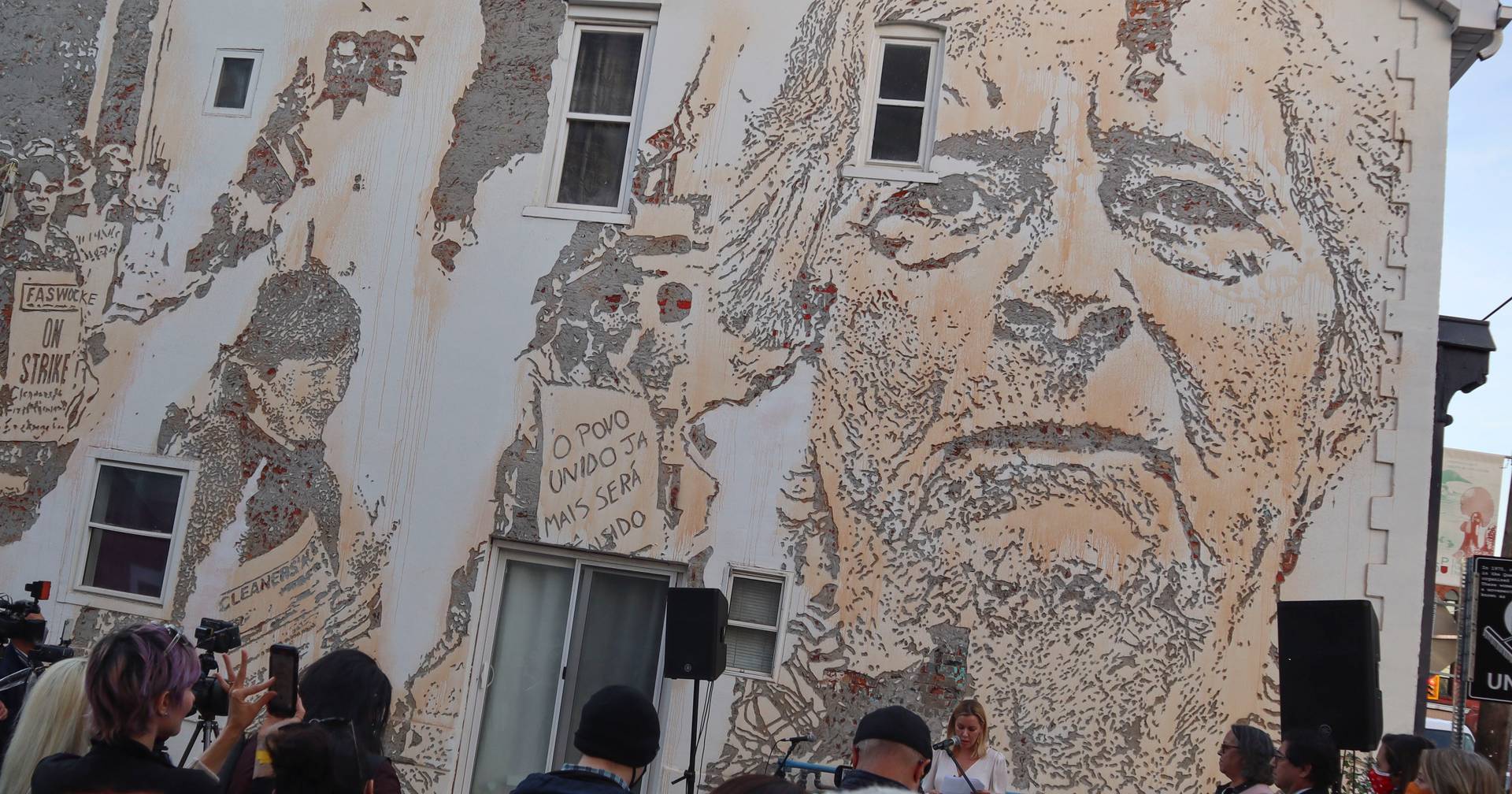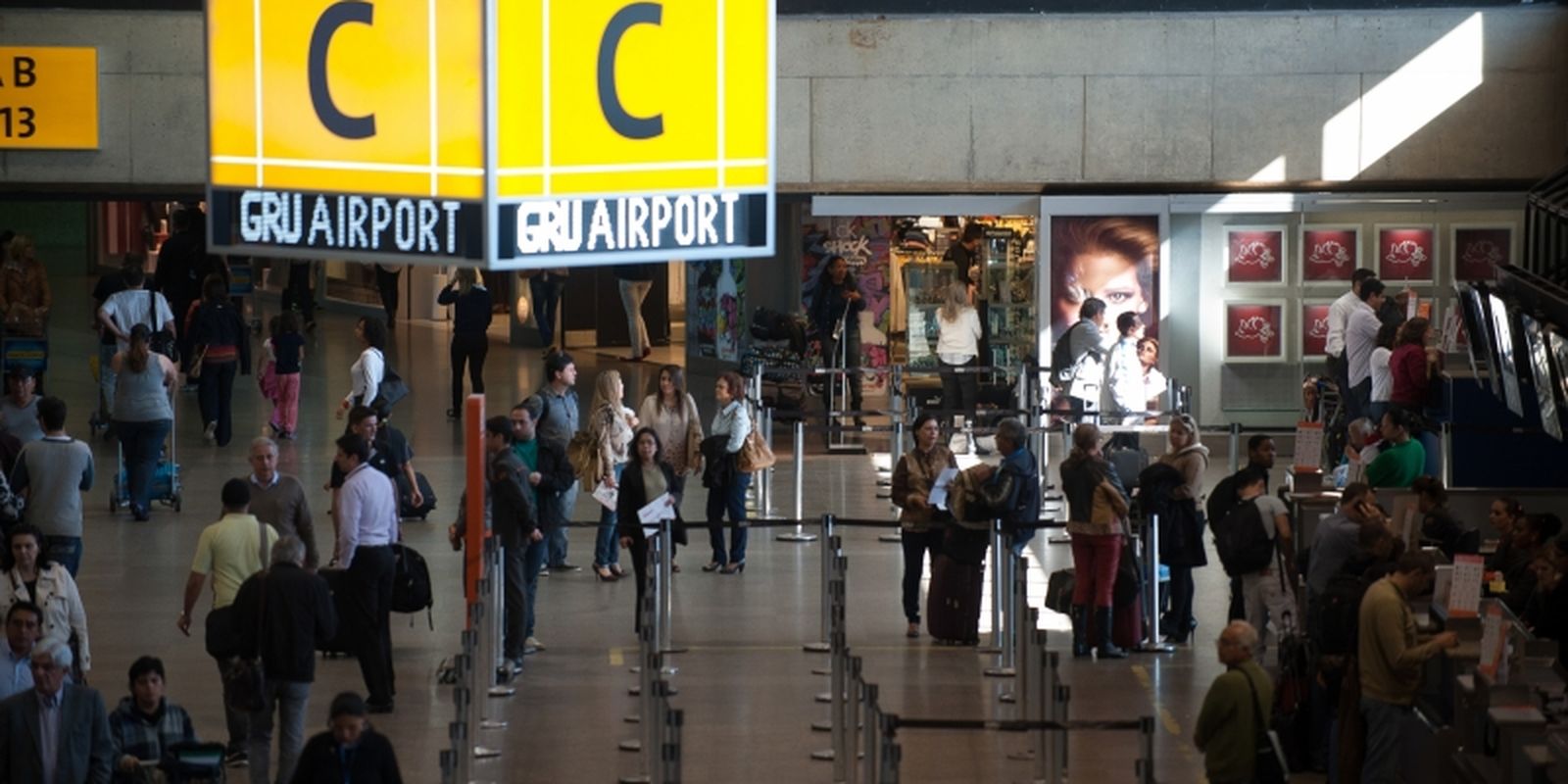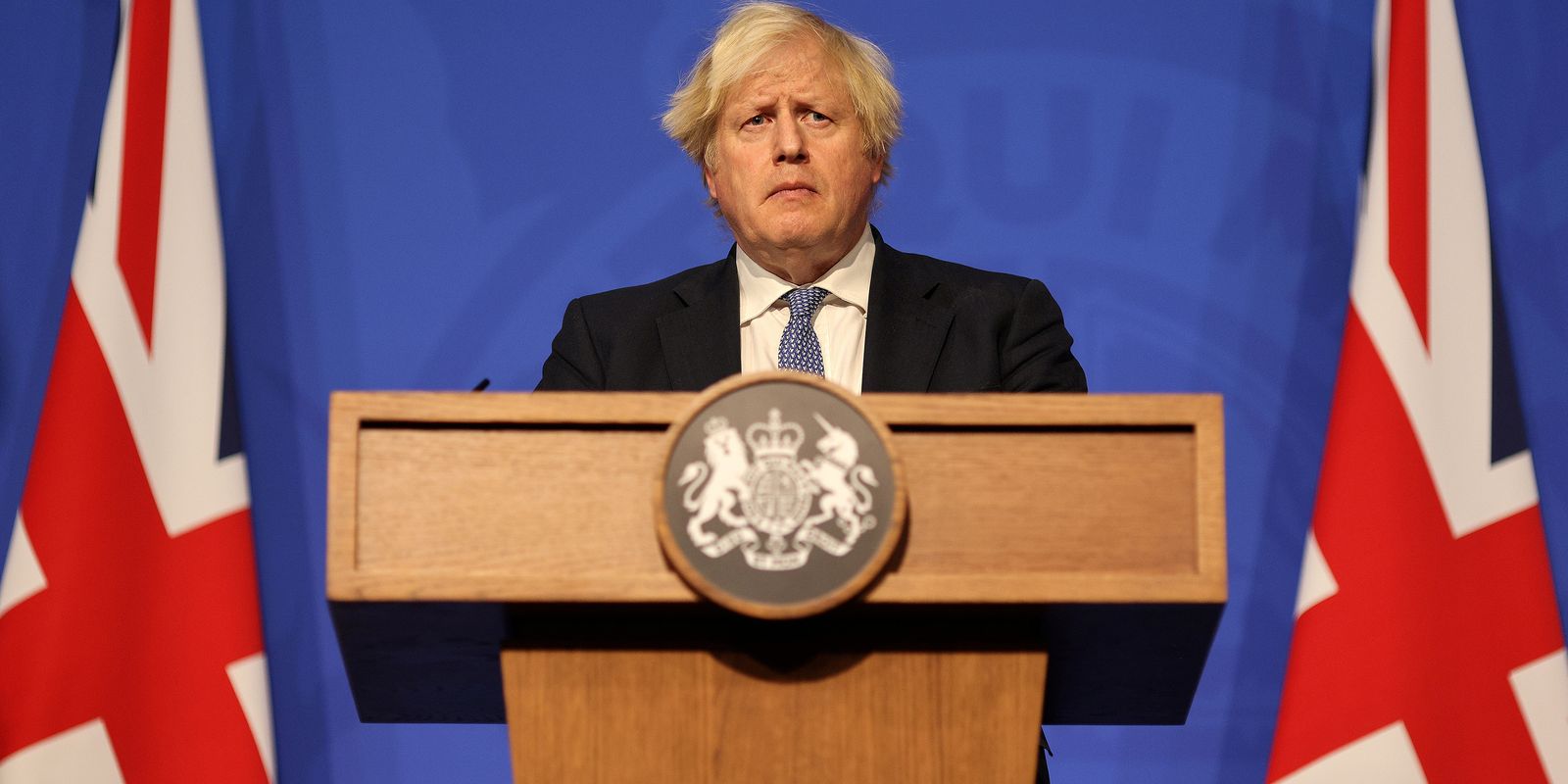The wall titled by “Scratching the Surface” (“Scratch the surface”, in literal translation) illustrates faces of characters from the Cleaners Action movement, associated with the House of São Cristóvão, highlighting Idalina Azevedo, one of the leaders of the so-called “Wildcat” strike, in the TD Towers, in Toronto, in 1974, making possible certain rights for cleaning women.
“It’s a story that touched me a lot. We decided to do the mural, not only for the women who are still alive, but for all this movement that has emerged to create better working conditions for the first wave of Portuguese immigration to Canada”, says Alexandre Marre, better known as Vhils.
The artist explained that this mural “is very special” because “it was the found way of honoring not only the community, but also the society in which it evolves”.
To the Vice-Chairman of the City of Toronto, Ana Bailão, this work recognizes an “almost forgotten part of the labor movement”.
“These women, mostly Portuguese, are an inspiration when they decided to fight against anti-immigrant prejudice and for better working conditions, precisely in the offices of buildings in downtown Toronto and in the Ontario parliament “, he pointed out.
Former union leader Idalina Azevedo showed very moving in her speech, in this tribute, because, as she says, “they almost created the fresco without [ela] to have knowledge”.
“I’ve been in Canada for 59 years, I still don’t speak English very well. Canada was very good, but you have to get used to it. I have the name of Portugal and Canada next to the chest,” he said.
Idalina Azevedo, despite her advanced age, still remembered, with a few smiles in between, that when “six police officers” wanted to arrest him, at the time of the demonstration, “they ended up taking the boss away”.
Responsible for carrying out this project with Vhils, the Cultural Attaché of the Portuguese Embassy in Canada, Rita Sousa Tavares, stressed the importance of urban art “to convey these messages to all who pass by the mural”.
“It is not a situation that has yet been resolved one hundred percent. It may be for the Portuguese community, but in other communities that arrive and occupy these cleaning services, there are still constraints “, he lamented.
The Commercial Association of Little Portugal in Dundas hopes that this fresco will be “the reason for many conversations” to “recognize the work” of these women”.
“They [empregadas de limpeza, portuguesas] were not recognized, without them we would not go [a comunidade portuguesa] nowhere. They were extremely important and continue to be so. They are a milestone in history and are represented here,” said Anabela Taborda.
The Consul General of Portugal in Toronto, José Manuel Carneiro, underlined that this mural “is proof of the dynamism of the Portuguese community in Canada”.
“It’s a community that asserts itself and says that we are here, we are integrated, but, at the same time, we bring something that is ours, so that this country can also assert itself in the world” , he greeted. .
The project was born thanks to initiative of the Vice Mayor of Toronto, Ana Bailão, of the Commercial Association of Little Portugal in Dundas and the Portuguese Embassy in Canada.
Alexandre Farto (Vhils) was born in Lisbon, in 1987, he finished his Art in 2008, in London, after having started his activity as an urban artist in 1998, painting walls and trains, on the south bank of the Tagus.
The mural, the Portuguese artist’s most recent work, is located at 1628 Dundas Street West, Toronto.

“Freelance communicator. Hardcore web practitioner. Entrepreneur. Total student. Beer ninja.”







